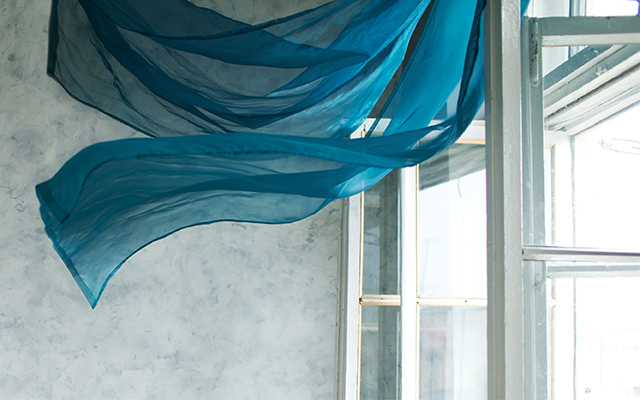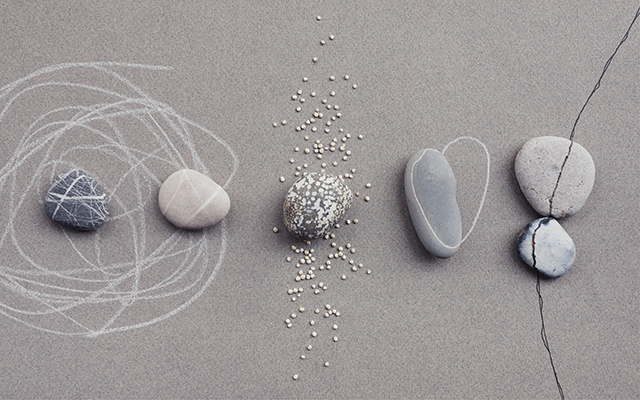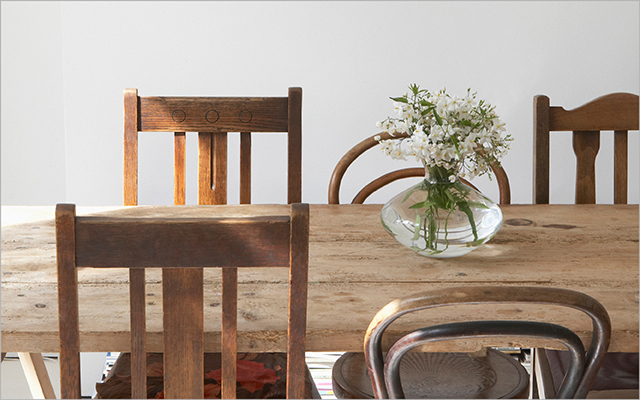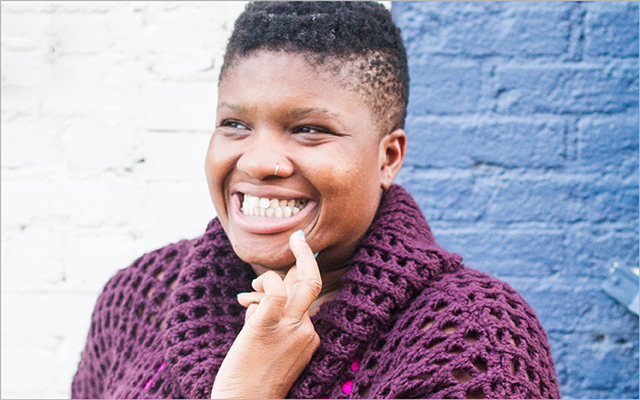Have you ever met a free spirit? Most of us know someone who marches to his or her own rhythm and who isn’t ruled by societal conventions the way others are. These individuals tend to feel and love deeply — and they aren’t afraid to disappoint others in order to be true to themselves. They don’t cling to temporal things like identity or possessions, or to limited ideas about how things are supposed to be.
We all want to be free. It’s not that we wish to surrender our valued relationships or even our responsibilities; it’s more a desire for the lightness that comes from feeling less attached to life’s trappings.
The quest for freedom is at the heart of the spiritual journey. And though this path differs for each of us, it’s worth noting that many cultures and traditions share a common concept of spirit. In Latin, Hebrew, Arabic, Sanskrit, and more, the root of the word “spirit” is the same: breath.
A Focus On Breathing
We take approximately 20,000 breaths each day, nearly all of which go unnoticed. But every conscious breath could be a doorway to spirituality, a path many embark upon when they practice yoga.
People sometimes ask me how I make the yoga classes I teach feel “spiritual.” The truth is, I don’t do anything special. I just ask students to pay attention to their breath. When they do this with curiosity and commitment, they begin to notice that the thoughts, opinions, and concerns that arise in their minds are fleeting — just like their breath. They realize that many of their ideas about themselves are rooted in temporary phenomena.
Gradually, practicing yoga with a focus on the breath helps us release our attachment to things that don’t serve us. We make room for a force — whether it’s God, the energy of the universe, or the wisdom of our own minds — that’s bigger and more freeing. (For more on how yoga can transform our relationships, see “Love Like a Yogi”.)
The Liberated Spirit
I’ve seen yoga touch many people on a deep, spiritual level. But I wouldn’t be able to teach this practice if it hadn’t been the doorway to my own experience of freedom.
My father left our family when I was 8 years old, and my mother fell into a years-long debilitating depression. There was no structure in our home — no routine, no boundaries, no discipline. My three brothers and I grew up wild, lacking respect for anyone or anything. We fought and abused each other physically and emotionally, and we all suffered.
As the second youngest, I was in fight-or-flight mode for most of my childhood. I remember wishing I had a stronger mind, so I wouldn’t feel so hurt inside and want to lash out against others.
I was 12 — and ripe for change — when my father invited me to spend a summer with him in Hawaii. He had begun practicing yoga as a way to manage chronic back pain and his own depression, and he lived on Maui among a group of yogis — many of whom were strong, independent women. I became immersed in a community of loving people who showed me how to be vulnerable and resilient at the same time. They taught me how to breathe, and for the first time in my life, I felt like I could relax. I started to learn how to work with my breath and my body.
At 15, I traveled with my father to India and studied with yoga master Sri K. Pattabhi Jois. There, I encountered people whose entire lives were dedicated to spiritual practice. On Mount Abu, I met a monk — an old man clothed in a white sheet, living in a hut on a mountain under vows of silence, celibacy, and ahimsa, or nonviolence. To a reactive teenage boy, the notion of such an ascetic life was almost impossible to fathom. Yet as I sat with him, I was struck by his presence: He seemed to glow, even though he had renounced everything my ego-centric mind craved.
In India, we practiced pranayama breathing exercises for an hour every day. We did physical postures six days a week, and on the seventh we’d rest and do bodywork on each other. I’d left a world of anxiety and abuse, and found myself breathing, moving, and trusting other people to touch me in safe and healing ways.
When I returned to the States, I began teaching yoga to my high school gym class and continued teaching while in college. I enrolled in law school but left after just three weeks to devote myself to teaching yoga full-time.
In the 1980s, this wasn’t considered a career choice — there were no teacher-training programs. But Pattabhi Jois taught me to trust yoga to show me the way. “Practice, and all is coming,” he said.
I had faith that the power of yoga and my commitment to teaching this path would not only set me free, but help others find their freedom as well.
A Liberating Path
Freedom looks different to each of us. For me, acknowledging the neglect and suffering I endured during my childhood helped me realize there was another way to live. Others may find incredible freedom in discovering a source of inner strength and grace. Still others may find it in the gradual, gentle release of grief.
I once had a student who would come to class and lie face-down on her mat the entire time. Occasionally, I would place my hand on her back, but otherwise let her be. After three months, she began to practice with the rest of the group. She later explained that she had lost her mother and needed a place to be with her sadness.
Everywhere else she went, people tried to fix her or help her move past her loss, she said. But by simply lying on her mat and breathing — because she had no energy for anything else — she was able to begin to heal.
Yoga is a doorway to freedom that anyone can enter. I’ve seen it again and again. With careful attention to breath, body, and mind, we can all become freer in spirit.




This Post Has 0 Comments